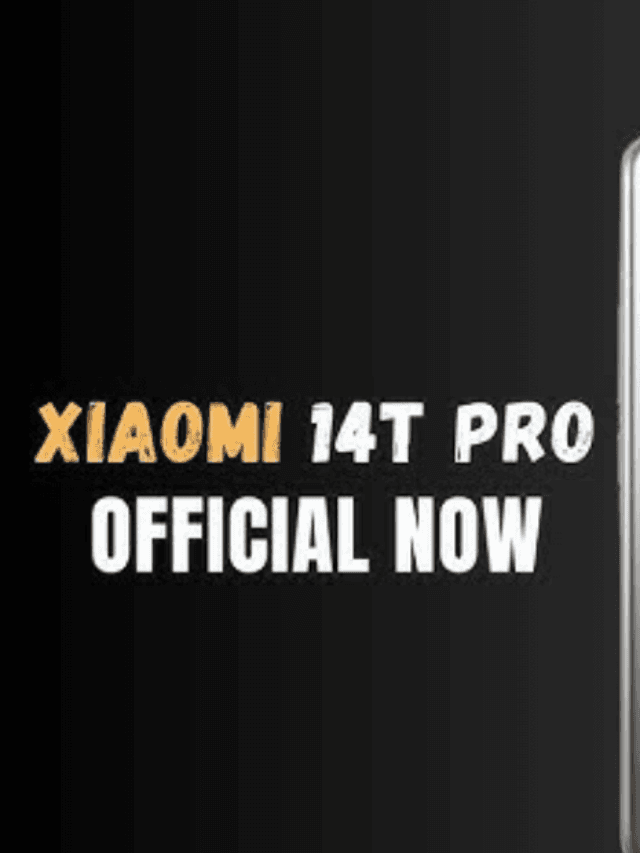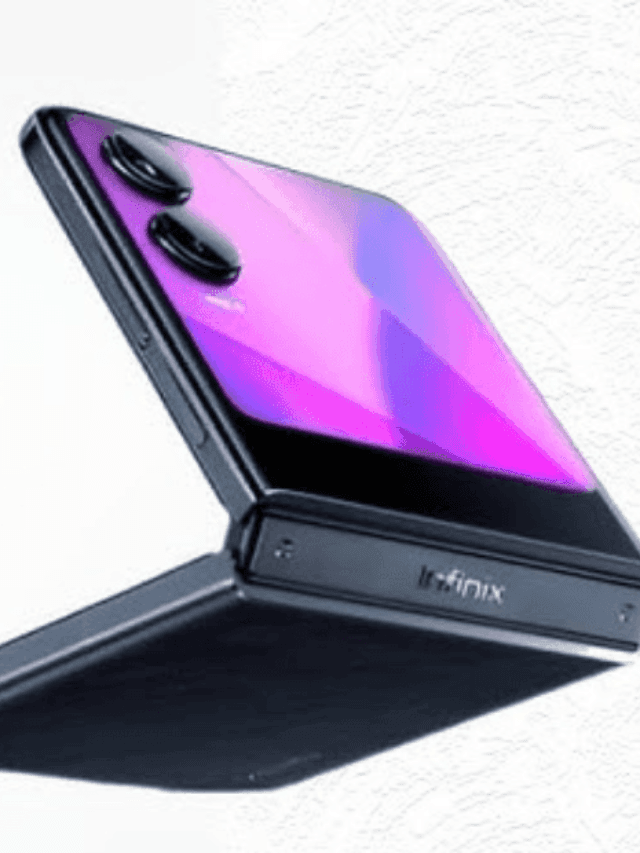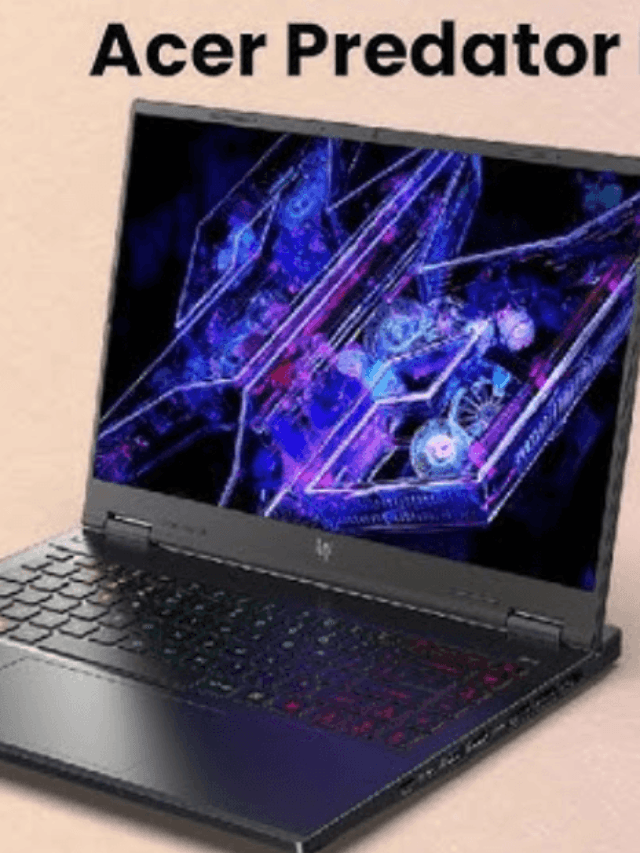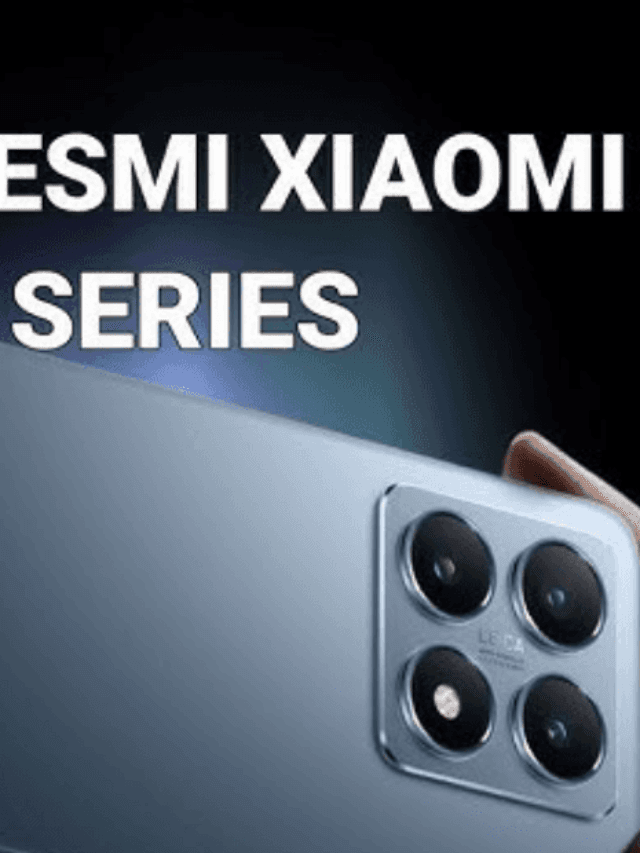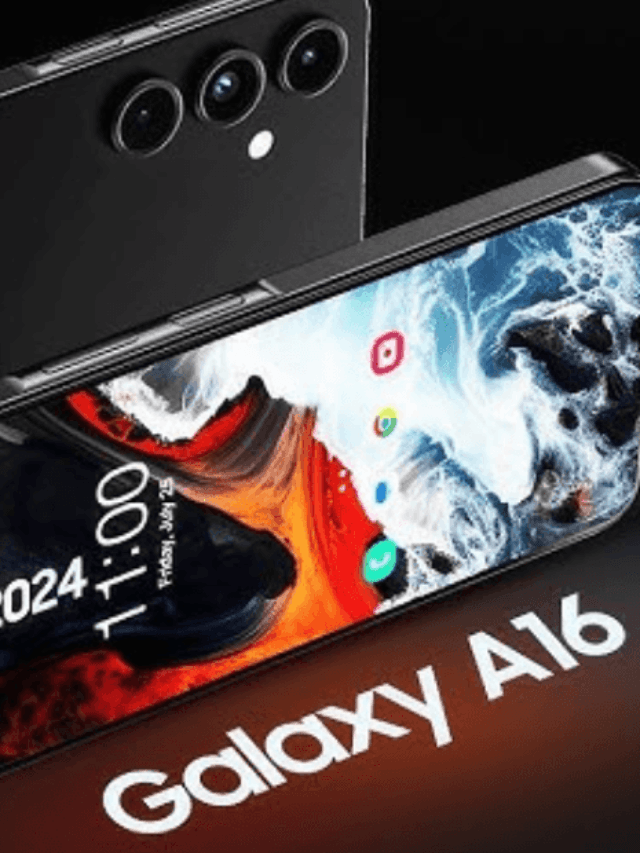Best Xiaomi 14T aims to provide a wide range of high-quality smartphone features at an affordable price. Although it may not have the same capabilities as the pricier Xiaomi 14T Pro, I believe that the differences are minor, as important features such as display technology, cameras, and battery life remain similar between the two.
Xiaomi is targeting the mid-range market with the launch of the Xiaomi 14T, providing numerous features typically found only in high-end smartphones.
This encompasses thin borders around the entire phone, alongside a high-quality screen featuring a 1.5K resolution and 144Hz refresh rate, three Leica lenses (including a rare telephoto on mid-range devices), and substantial processing power from the MediaTek Dimensity 8300 Ultra.
Although I’m not prepared to share my conclusive thoughts on the mid-range device, I had the opportunity to try out the Xiaomi 14T at a pre-launch event, and these are my first impressions.
Opening paragraph
Xiaomi is targeting the mid-range market with the launch of the Xiaomi 14T, which comes packed with many features typically seen in high-end smartphones.
This encompasses slimline bezels, a high-quality display with 1.5K resolution and 144Hz refresh rate, three Leica lenses (including a rare telephoto), and strong processing power from the MediaTek Dimensity 8300 Ultra.
Although I’m not prepared to give my ultimate opinion on the mid-range device, I had the opportunity to test out the Xiaomi 14T at a pre-launch event, and these are my first impressions.
Design and Display
- Industrial design featuring sharp edges and curved corners
- 6.67-inch AMOLED display featuring advanced technology.
- Thin borders surrounding the entire perimeter of the display.
Xiaomi is calling the design of both the Xiaomi 14T and the pricier Xiaomi 14T Pro “Titan design”. I’m not entirely sure why it’s labeled as Titan-like besides the Titan Grey color, but I have to admit I find this year’s mid-range models appealing.
Both phones feature the popular industrial look, including flat edges and a completely flat frosted glass back on the standard 14T. The 14T Pro features a gently curved back designed to better conform to the hand’s shape, but I had no issues holding the standard 14T during the hands-on demonstration.
The aluminum alloy frame in between the double glass offering is said to be 116% stronger than the aluminum used in last year’s Xiaomi 13T range, as claimed by the company. That should serve to prevent damage from drops, but I couldn’t test it at the event without risking trouble with Xiaomi representatives.
Proceed with the exploration of the reinforced aluminum alloy frame and you will encounter a freshly designed textured power button. This is a feature commonly used by many manufacturers to help users distinguish between the volume and power buttons located close to each other on the right side of the device.
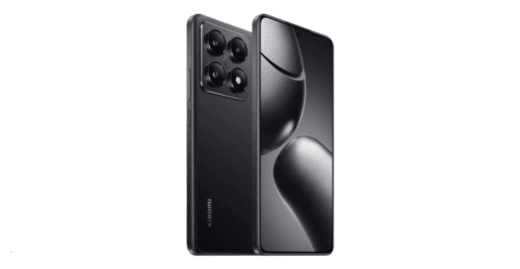
Additionally, it is quite resilient for a mid-range device, providing complete IP68 protection against dust and water that is typically only found on a limited number of choices in the same range, with Xiaomi stating it can withstand depths of up to 2m for half an hour.
The OLED screen of the Xiaomi 14T stands out with its high-tech features usually seen in premium phones, such as 1.5K resolution, 144Hz refresh rate, 12-bit colour depth, and a remarkable 4000nits peak brightness. The thin bezels on all edges add to its appeal for a mid-range device.
Although it may seem obvious, a closer look at many smartphones reveals the lack of symmetry, particularly in the mid-range segment with a larger bezel typically present at the lower part of the display. The slimline bezels surrounding the entire screen give the phone a luxurious appearance and feel, despite its actual cost.
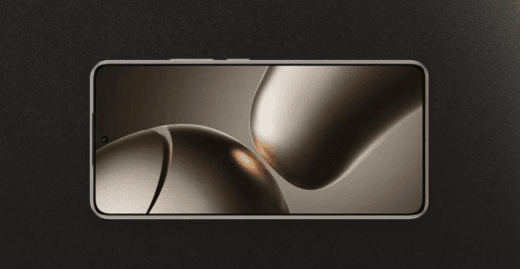
The screen has a slight curvature at the edges, but it is not considered a curved screen. The rounded design allows for smoother side swipes and gestures, rather than getting caught on the gap between the frame and the glass like flat screens do.
In terms of color choices, there are several options available. In addition to Titan Gray, you can also choose Titan Blue and Titan Black. If you don’t like the glass, there is always the option of the Lemon Green finish with a rear made of 100% recycled PU leather.
Photographic devices
- Three cameras arranged on the back
- Developed jointly by Leica
- Able to record videos in 8K quality.
The main area of attention for the entire 14T series is the cameras, with the Xiaomi 14T and 14T Pro both having a Leica-partnered camera system consisting of a 50MP main camera, 50MP 2.6x telephoto lens, and 12MP ultrawide lens.
While it might not seem very remarkable, the 50MP camera utilizes the Light Fusion 900 sensor, which is taken from the top-of-the-line Xiaomi 14. Xiaomi states that when paired with the wide f/1.6 aperture, this enhances light absorption by 32%, potentially enhancing low-light photography, which will be further evaluated in the complete review.
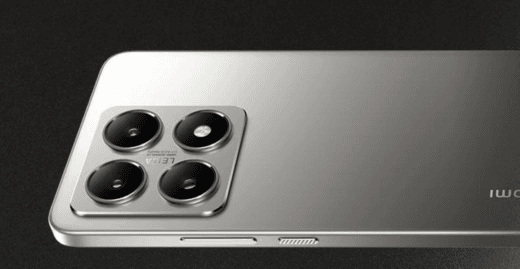
Due to limited time, I didn’t have many opportunities to test the Xiaomi 14T’s camera hardware during the hands-on event. However, the few sample photos I captured appeared to have good quality and sufficient lighting, particularly for a mid-range device.
Additionally, Xiaomi is placing a strong emphasis on AI camera processing this year, utilizing four LLMs for four specific areas of camera processing – FusionLM, ToneLM, ColorLM, and PortraitLM. Additionally, there is 8K video capturing available, as well as 10-bit LOG recording and Master Mode to offer increased pro-level features for advanced users.
Execution and programs
- MediaTek’s Dimensity 8300 Ultra processor
- Filled with artificial intelligence functionalities
- Rapid 67W charging via cord
The design, screen, and camera technology of the Xiaomi 14T and 14T Pro are quite similar, but their performance differs significantly.
The 14T Pro features the high-end Dimensity 9300+ chipset, while the standard 14T comes with the older generation Dimensity 8300 Ultra, which remains quite powerful. Both models come with 12- or 16GB of RAM and 256- or 512GB of storage.
It’s quite challenging to assess overall performance at these interactive events, particularly without the opportunity to conduct fast benchmark tests, but it felt quite fast while using the device, definitely thanks to the smooth 144Hz refresh rate.

It comes with a typical 5000mAh battery and speedy 67W wired charging which Xiaomi claims will provide a full charge in 45 minutes. However, it is not as fast as the 120W wired and 50W wireless charging options available in its higher-end counterpart. If Xiaomi’s claims are accurate, the phone will be fully charged in only 19 minutes.
The smartphone features Xiaomi’s latest HyperOS, which is built on Android 14, offering a familiar user experience for those who have used Xiaomi devices before – just with a smoother feel.
Additionally, there is a fresh AI Video Editor that can combine videos and photos for social media sharing. Natural language text prompts can be used to modify the appearance, speed, and other features without the need for manual editing. This is in addition to current AI functions such as AI Expansions, Portrait Mode, and other features available on the Xiaomi 14.
It will also include Google’s Circle to Search technology, but it will be available through an over-the-air update on October 6th and was not something I could test during the hands-on.
Also Read |Official iQOO Z9 Turbo+ Best design unveiled ahead of China launch
Also Read |Apple Watch Series 10 Launched: What Indian Buyers Should Know
Also Read |What’s New in the Leaked Galaxy Z Fold 6 FE Image? Here’s a Breakdown
Disclaimer : The Price & Specs May Be Different From Actual. Please confirm with the retailer before ordering.
IMPORTANT: Please always check and confirm the above details with the official notification / website.






